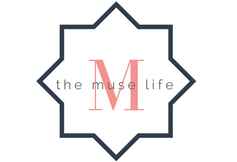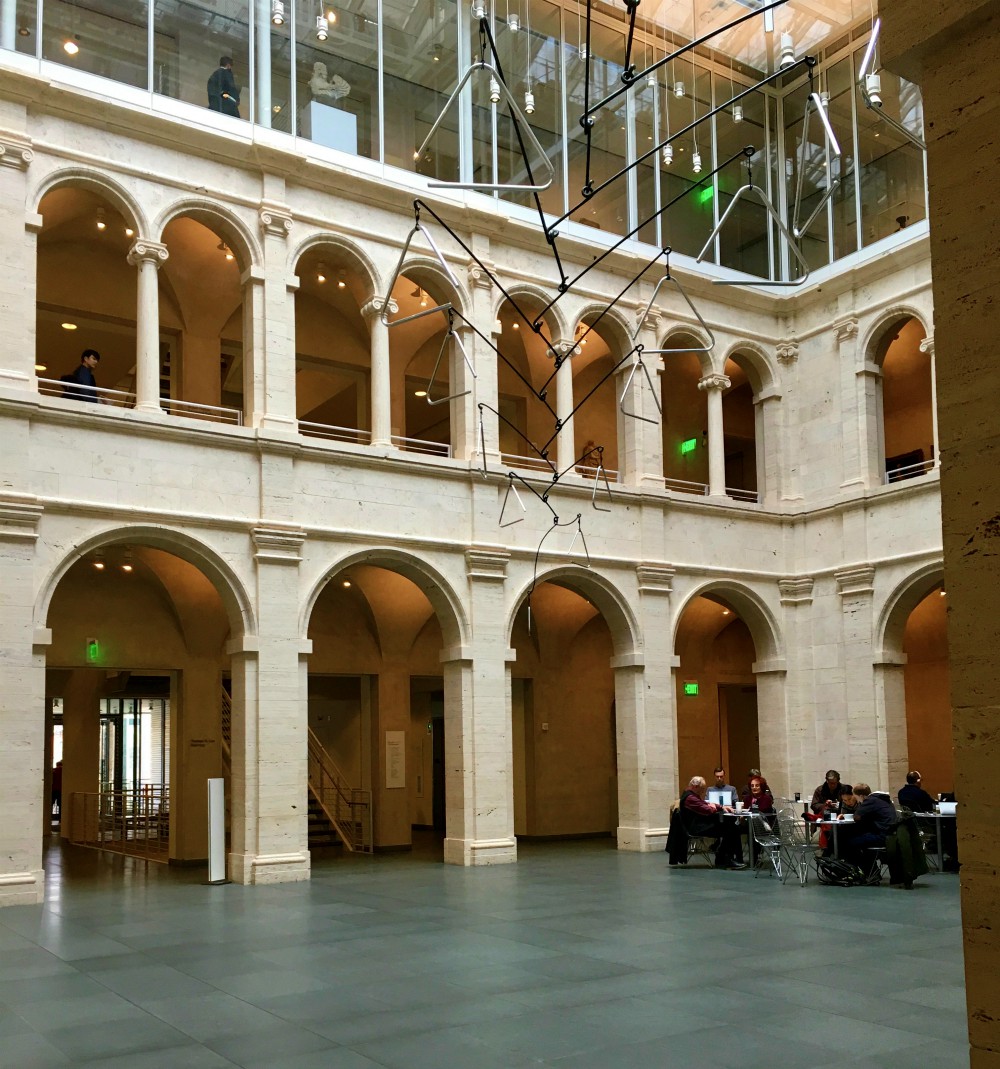Living just across the Charles River offers a spectacular advantage for visiting Harvard Square and walking around the University's campus — not to mention the ability to see the well-known Harvard Art Museums.
With a deceptively chilly northeastern spring day we ducked inside.
You enter into a beautiful atrium that acts as the central pillar of the galleries on each floor.
Light pours down from the massive skylight, dramatizing the art on view.
Ever looking for my favorite time periods, the ground floor Collection of Maurice Wertheim gallery displays a great arrangement of Modern artworks.
Honestly, few museums I have been to juxtapose such an array of artworks from the same period in the same thought-provoking way that Harvard does.
It's a real win for both someone like me, who could use the push to think back to my art history classes and recall the critical points in history that led to these paintings, as well as for explaining how the period evolved to someone who isn't as familiar to the subject.
Also a great reminder why you should bring along a buddy when you go to a gallery, even if one of you is just in it for the coffee or drink at the end (still waiting for coffee bar/art galleries to be a mandatory thing)...
Rather than fill this post with more reasons why you should hop on over to the Harvard Art Museums, I'll let the collection speak for itself.
The collections are incredibly diverse, so there is absolutely something for everyone here!
Pink & Red, Georgia O'Keefe, 1925.
Virgin and Child, Follower of Rogier Van der Weyden, 1480 (left) & Joos van der Burch and St. Simon, Follower of Gerard David, 1493 (right).
The Man of Sorrows and The Mater Dolorosa, Aelbert Bouts, 1490s.
St. Jerome in His Study, Joos van Cleve, 1521 (My art buddy hilariously captioned this: "You should have painted this guy").
Red Figure Technique on Ancient Greek pottery (580-400 BC).
Kneeling Attendant Bodhisattva (Tang Dynasty — late 7th century).
Fall Farming Scene, Hanabusa Nobukatsu (Edo Period — early 18th century).
The Dawn, John La Farge, 1899.
The Miracle of the Sacred Fired, Church of the Holy Sepulchre, William Holman Hunt, 1892-1899.
Bombed-Out Buildings (Zerbombte), Erwin Spuler, 1946-48. (From the Inventur special exhibit on WWII German art).
No. 2, 1950, Jackson Pollock.
Notice how the frame is purposely too large for the canvas.
Just like any outing with me, it's not complete without a celebration at the start or end.
After all, you have to discuss the artworks with your companion!
Laugh over the bizarre ones, contemplate the avant-garde ones, and dream over the ones you want in your home.
Lucky you, I know the perfect spot just around the corner from the museums.
I can't promise a cocktail, but can absolutely promise you an exceptional cappuccino and pastry from Tatte Bakery.


















